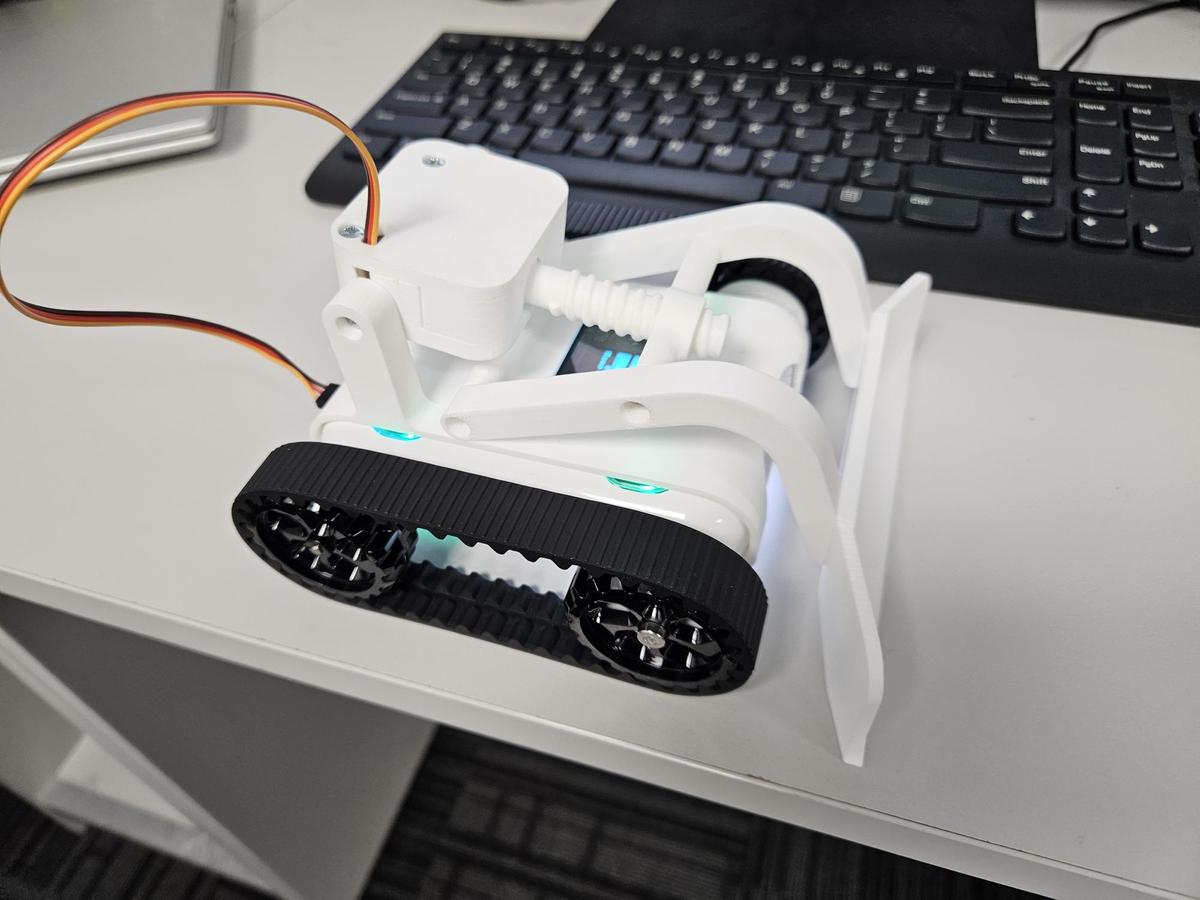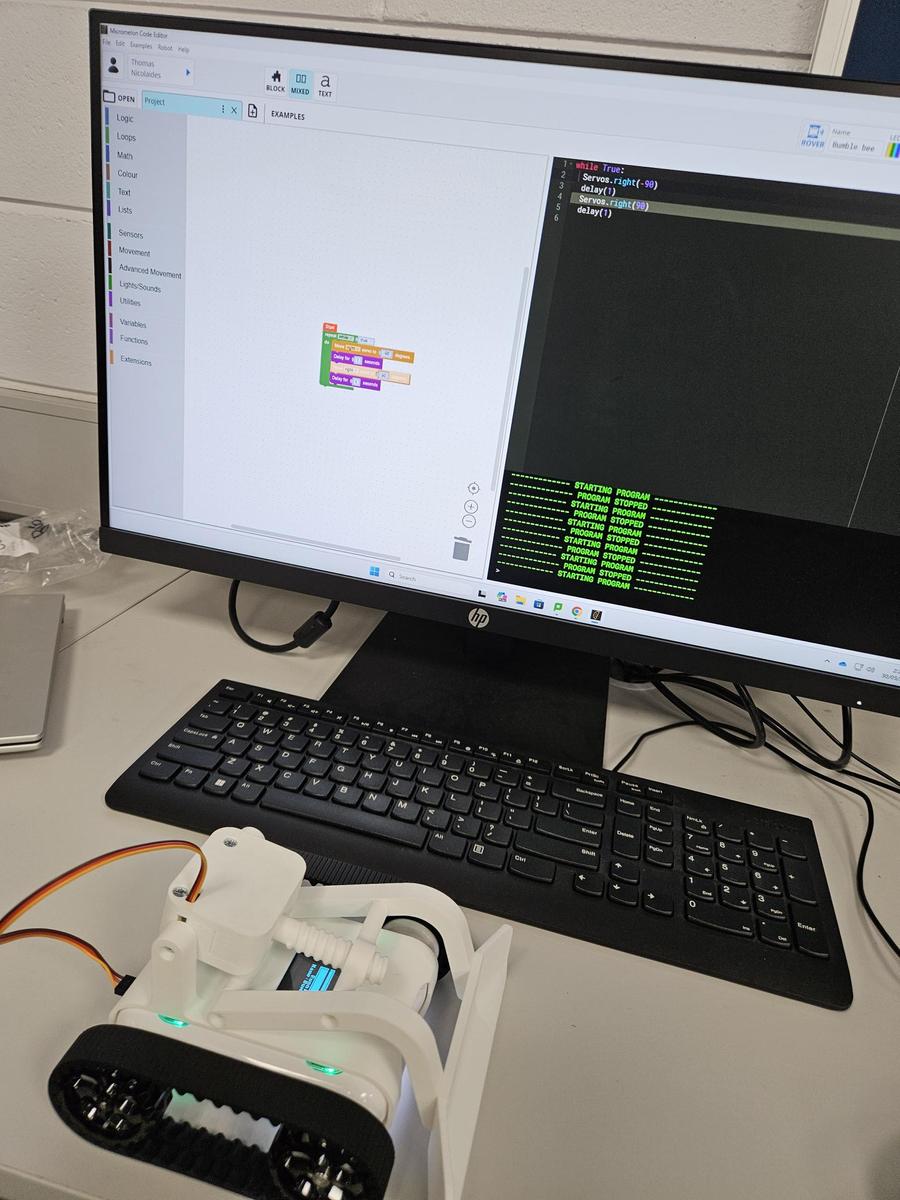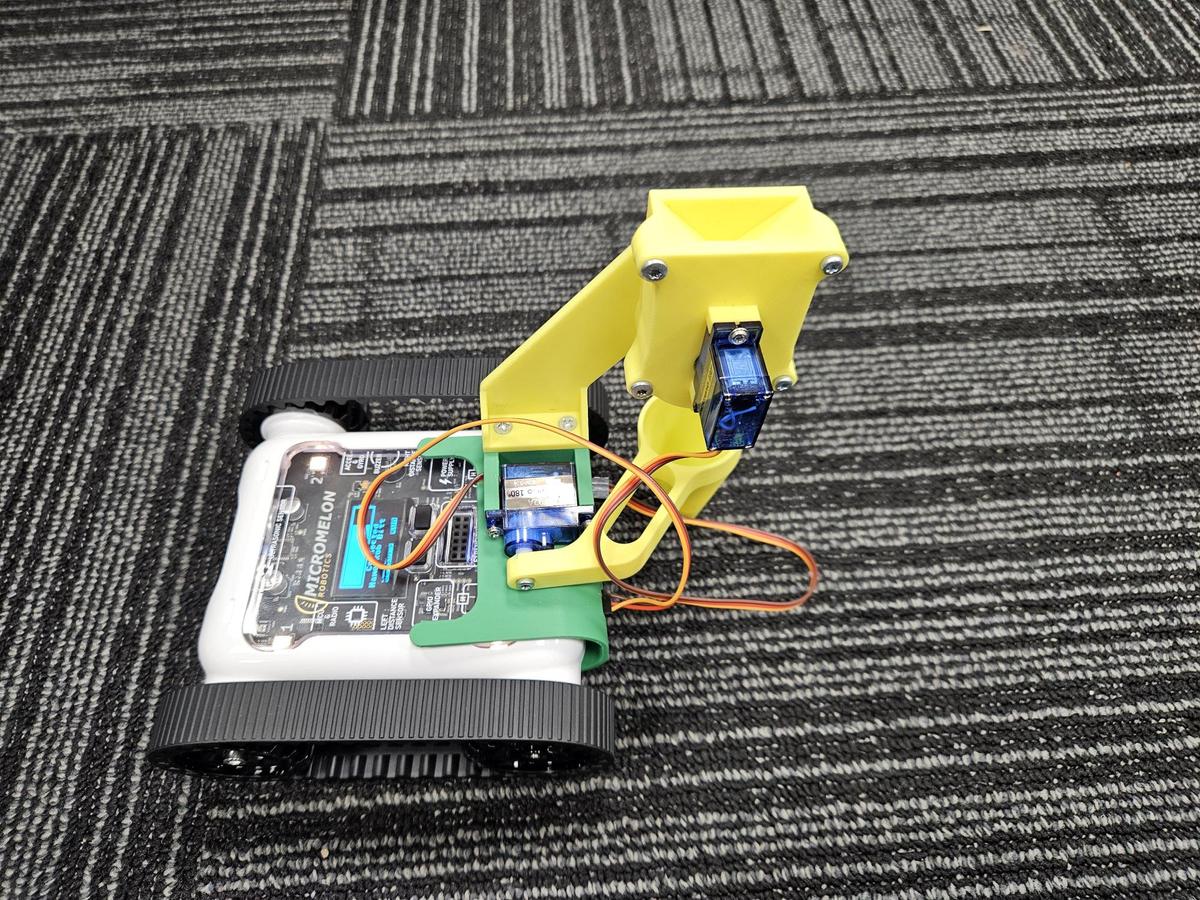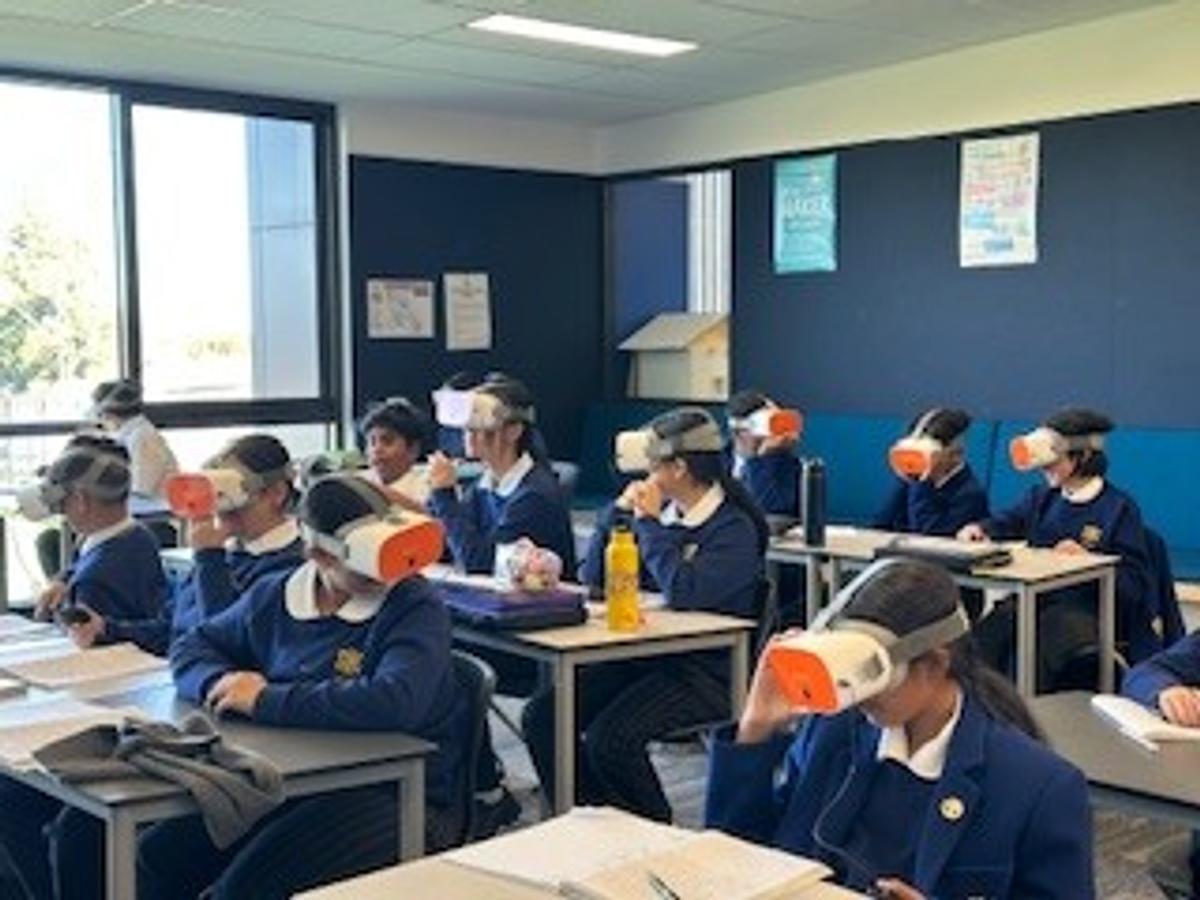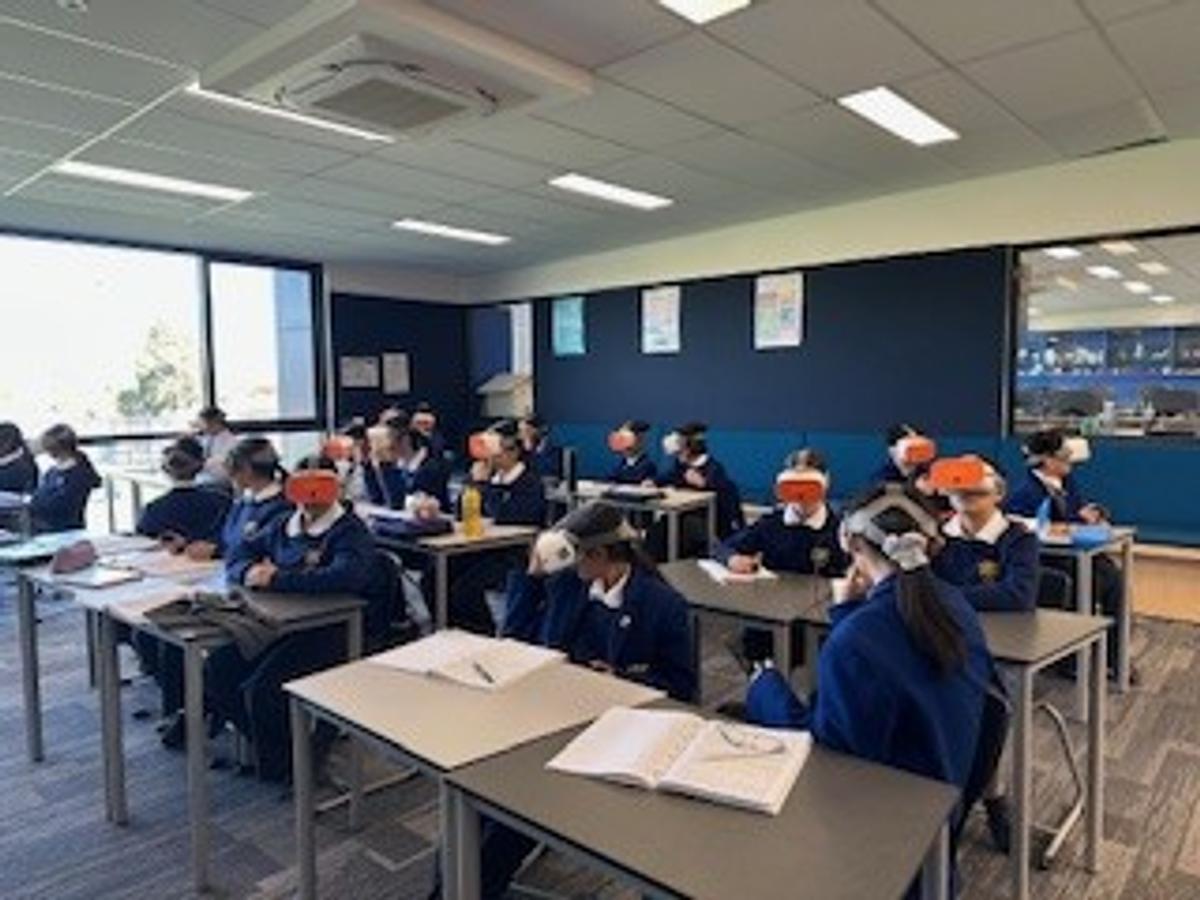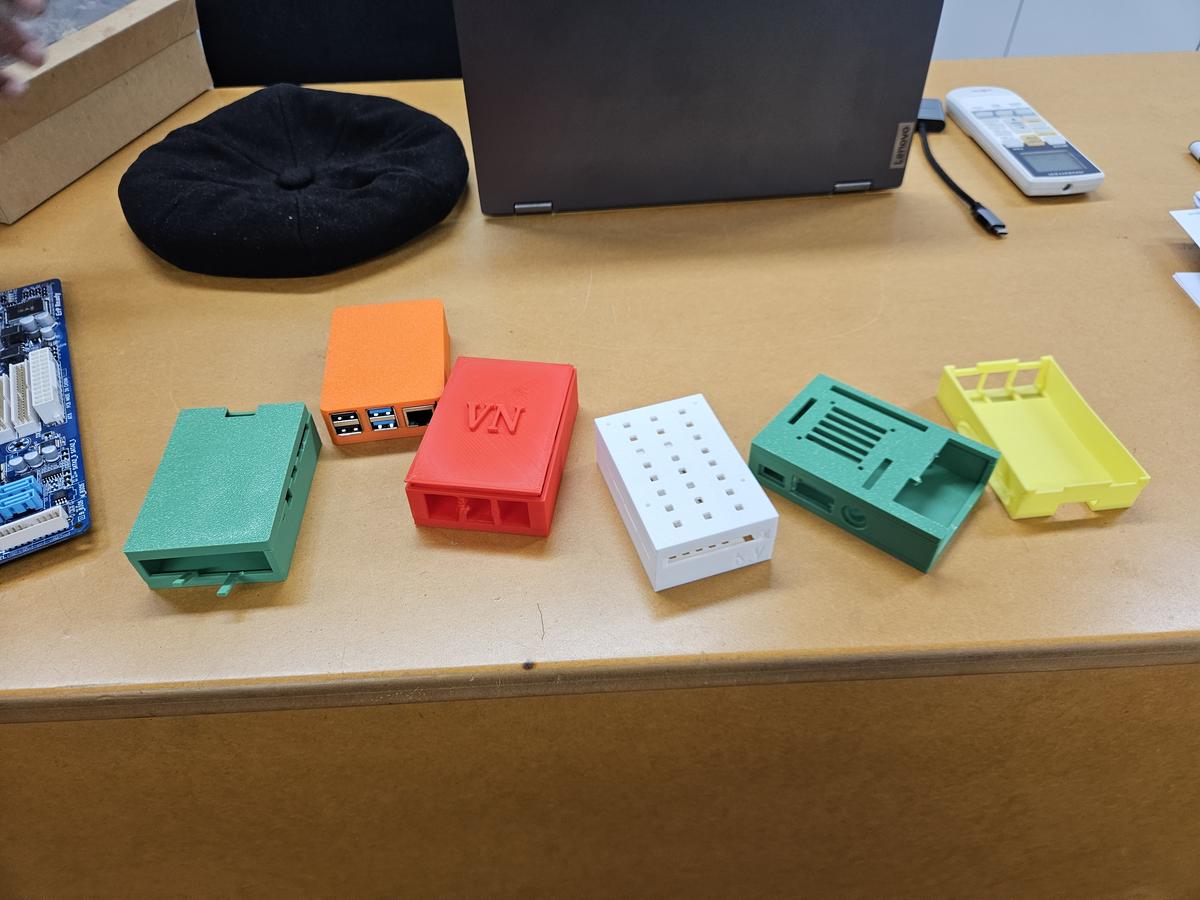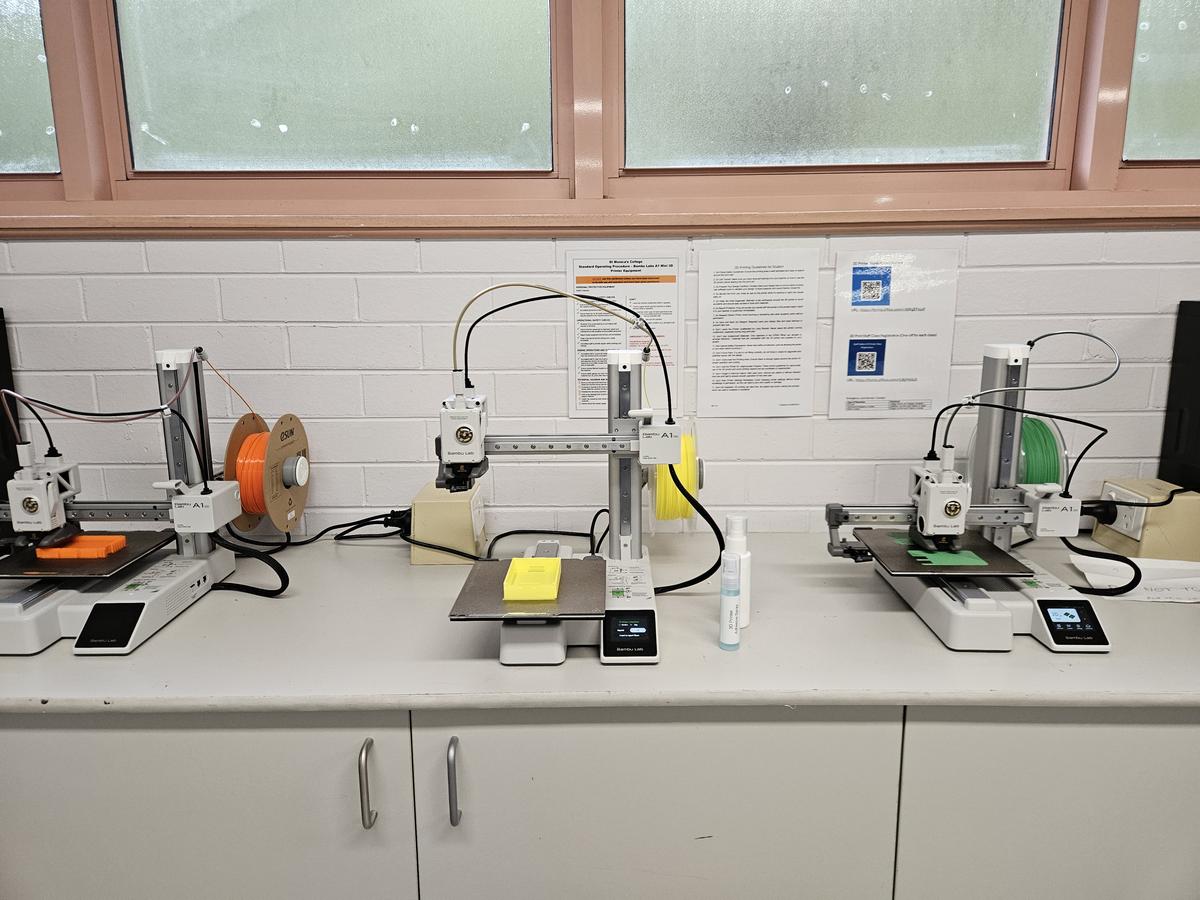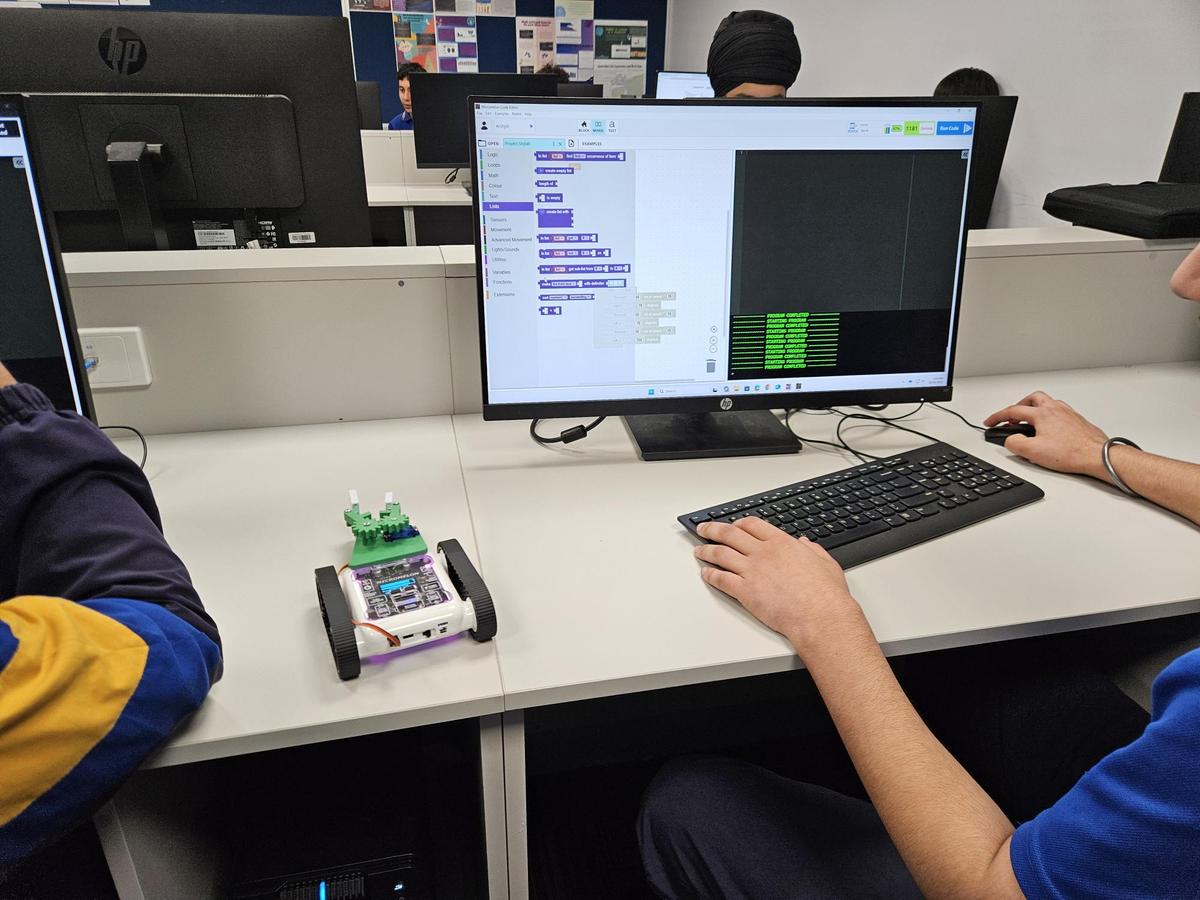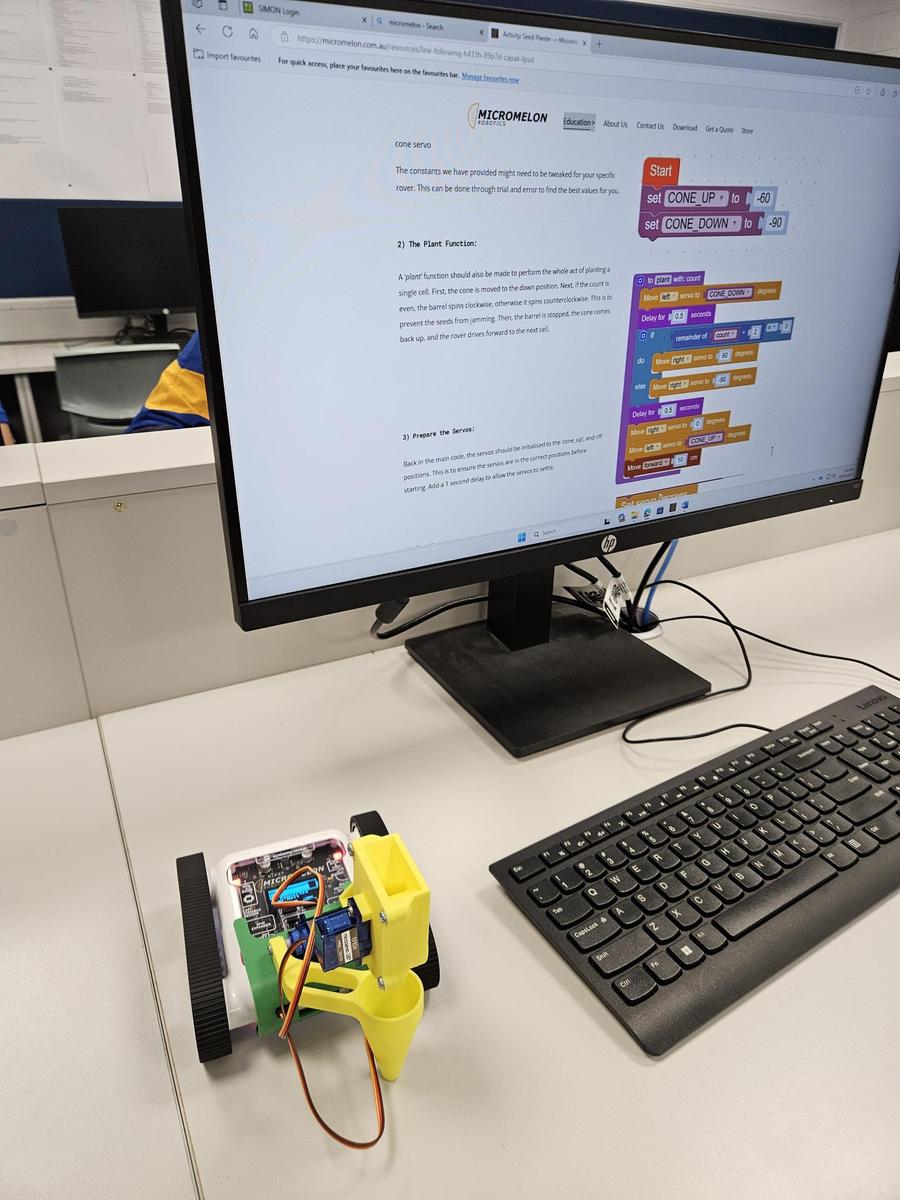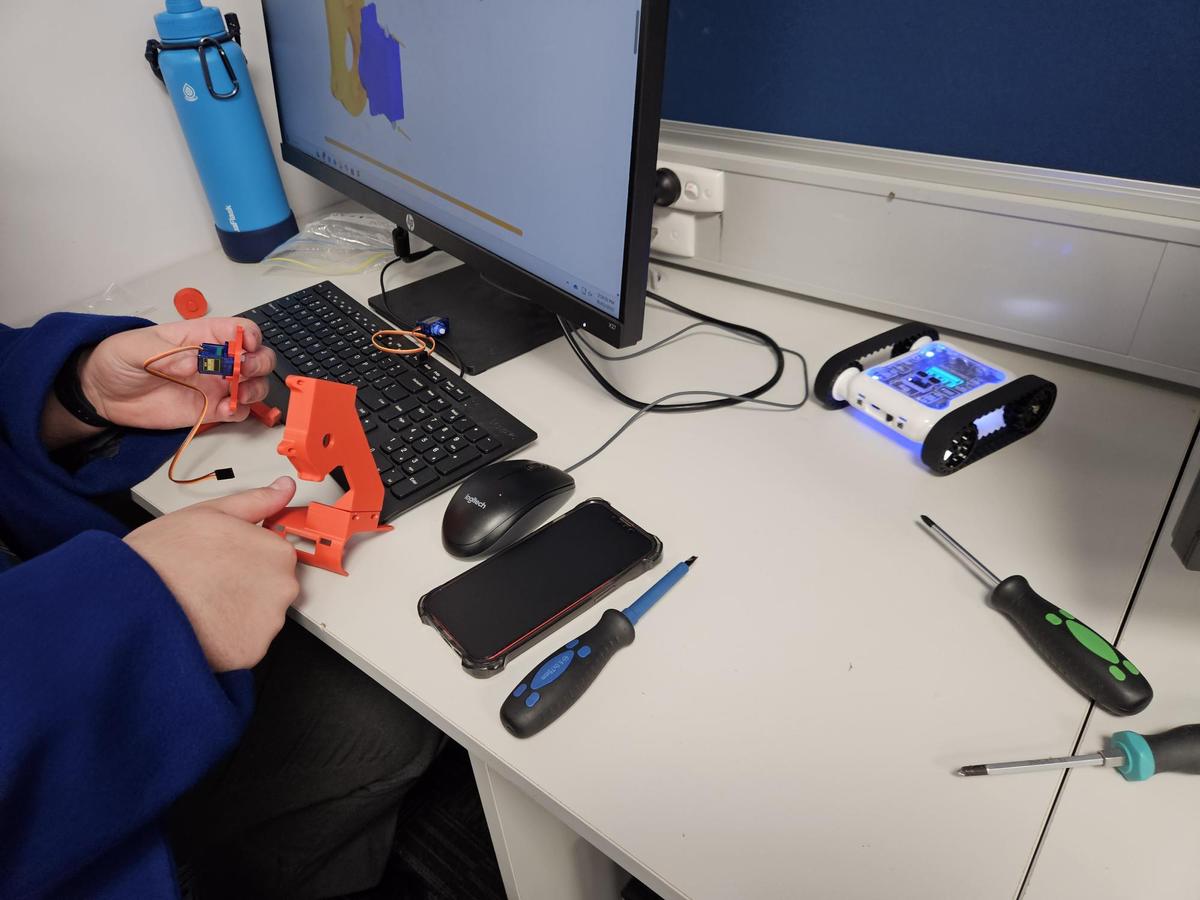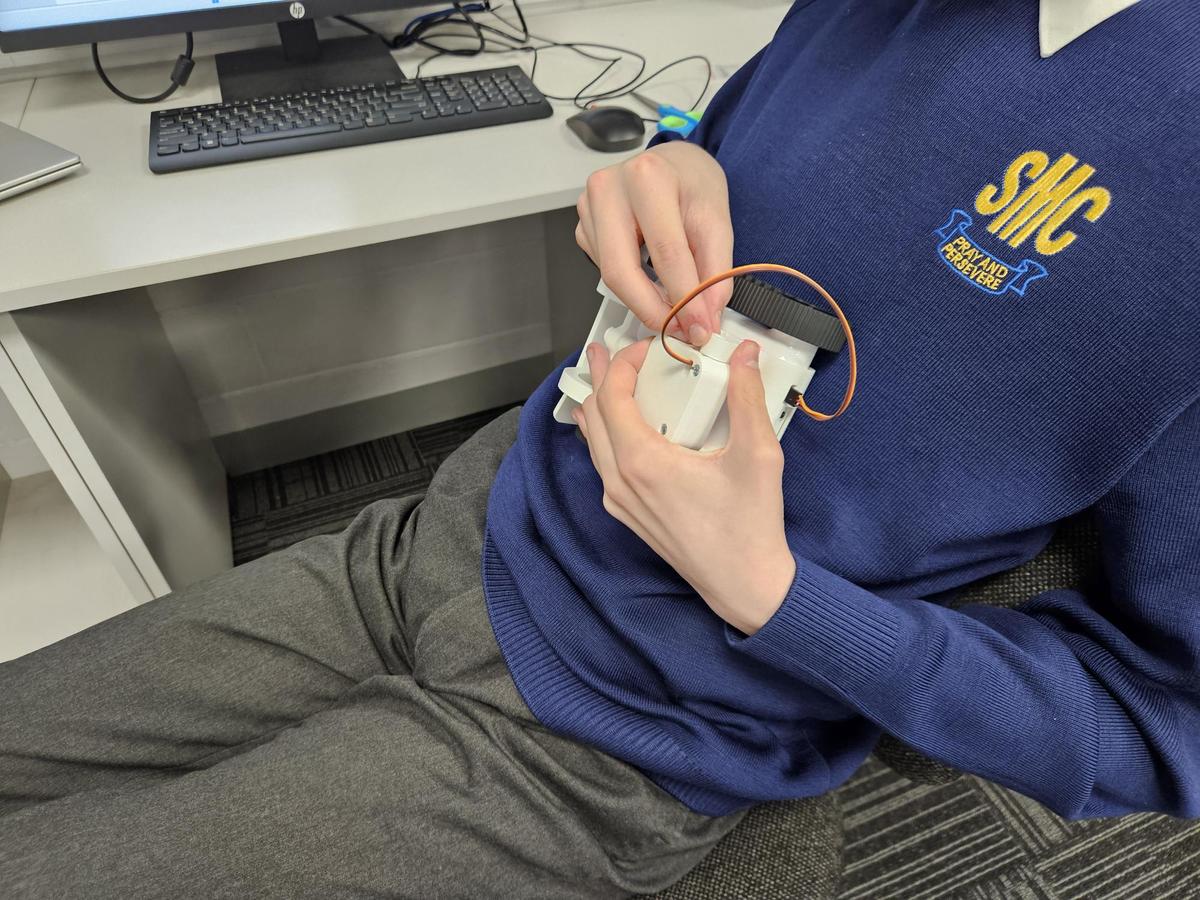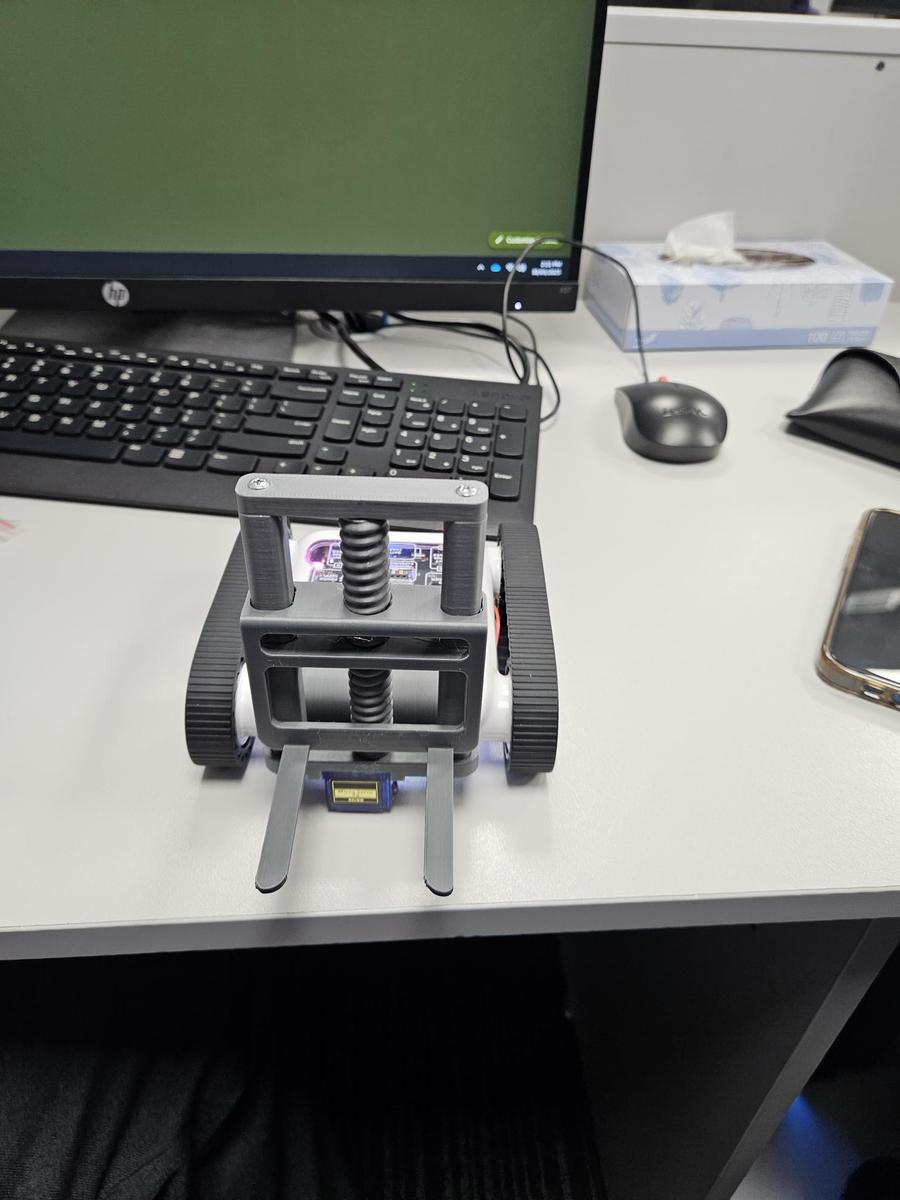STEM
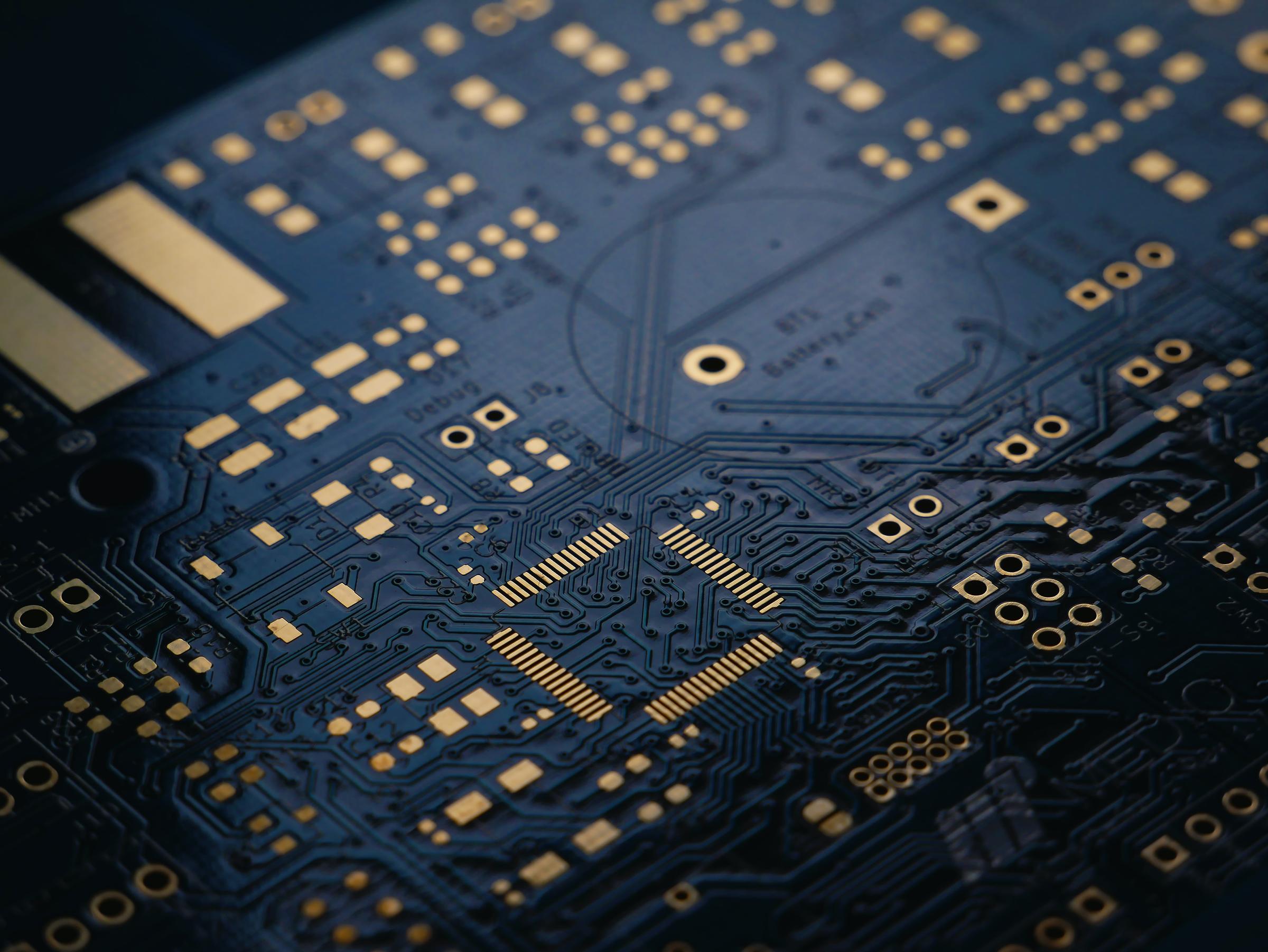
A Case for Innovation: Using 3D Printers to Create Raspberry Pi Cases in the Year 10 Digital Technologies Elective – Computer Hardware and Networking
Imagine a classroom where students do not just consume technology—they create it. With the integration of 3D printers in education, that vision becomes a reality. One of the most engaging and practical applications is designing and building custom cases for Raspberry Pi computers. In the Year 10 Digital Technologies Elective: Computer Hardware and Networking, this project brings learning to life—and prepares students for the future.
Why It Matters
Hands-On Learning and Creativity: Students use tools like Tinkercad to design functional, creative cases, considering dimensions, airflow, and durability. This challenges them to innovate and solve real-world problems.
Understanding Manufacturing and Design: 3D printing offers insight into how products are made—bridging theory and practice while making learning more relevant.
Cross-Disciplinary Skills: This project combines design, engineering, and computing. Students also explore Raspberry Pi 4 Operating System, a lightweight and efficient system optimised for the hardware.
Student Ownership and Motivation: Designing their own cases gives students a sense of pride and ownership, increasing engagement and interest in technical learning.
Career Readiness: The skills developed 3D design, prototyping, and hardware interaction that are directly aligned with future-focused industries like robotics, IoT, and automation.
Real-World Learning
In Term 2, students in Mr Ferdinand Correya’s Year 10 Hardware and Networking class tackled the challenge of creating 3D printed Raspberry Pi cases. They used Tinkercad to design them and worked hands-on with Raspberry Pi OS. These devices are widely used in automation, robotics, and tech development—making this project deeply relevant and inspiring.
Transforming Learning with Virtual Reality: Exploring Liveability in Year 7 Humanities
Virtual Reality (VR) is revolutionising Humanities education by turning passive learning into active exploration. Instead of reading about distant places, students can step inside them—exploring environments, cultures, and issues in immersive detail. In Year 7 Humanities, where students study urbanisation and liveability, VR brings abstract concepts to life in ways textbooks or even videos cannot.
Recently, Ms Kate Cornish’s Year 7 class explored the differences between life in the Australian outback and major cities. The topic focused on urbanisation and how places are evaluated for their liveability based on environmental, economic, and social factors. Rather than simply comparing statistics, students used VR headsets to virtually visit outback towns and bustling cities, seeing firsthand the influences that shape where people live.
Through this immersive experience, students explored the environmental quality of different locations, understood how access to services, infrastructure, and employment affects liveability, and observed how social connectedness and community identity play a role—especially in remote Indigenous communities where cultural ties strongly influence perceptions of place.
VR helped students visualise how factors like green space, pollution, transport, and heritage impact liveability. They did not just learn about community identity—they experienced it, walking through digitally recreated towns and hearing stories from locals.
This approach helped students grasp how liveability influences population patterns and deepened their empathy for different ways of life. The contrast between urban and remote areas became more meaningful and memorable.
Integrating VR into Humanities is not just a novelty—it is a powerful educational tool. As Ms Kate Cornish’s class discovered, virtual reality opens a window into the lived experiences behind the data, turning learning into a journey. The future of classroom learning is immersive—and it is already here.
Digital Technologies: Year 10 Cyber Frontier Elective – Micromelon Robotics with Purposeful Engineering
In 2025, Digital Technologies introduced Micromelon as a new platform for learning. Micromelon Robotics simplifies the teaching of engineering and robotics in schools, aligning with the real-world skills required by industry. Robotics is about bringing software and hardware together to create something amazing. With Micromelon, students can design and engineer farming robots or develop Internet of Things (IoT) devices for startups. This platform empowers students to build on their existing knowledge of technology—not only to engage but to develop meaningful solutions for real-world industries.
The Micromelon Rover is more than just a robot—it is a powerful STEM resource that enables students to explore programming, electronics, and purposeful engineering. The Micromelon Code Editor allows students to program using either Block-based or Python code, and the Micromelon Simulator lets them continue learning from home, solving advanced challenges with no setup required. Additionally, Micromelon supports integration with 3D printing, encouraging students to prototype and program custom parts to solve practical problems.
In Term 2, Ms Jessica Bedelis’s Year 10 Cyber Frontier students explored and programmed a series of 3D-printed robotic attachments. Students assembled and coded industry-style prototypes such as a seed planter, tipper, digger, forklift, claw, and other expandable tools. They used a mix of Block and Python coding to complete complex challenges that mirrored real-world engineering scenarios.
Through Micromelon, students not only deepened their understanding of robotics and programming and they also experienced how purposeful engineering can drive innovation and make a tangible impact on the world.
S. Bagh
Senior Teacher
(Future Technologies, STEM Education)

